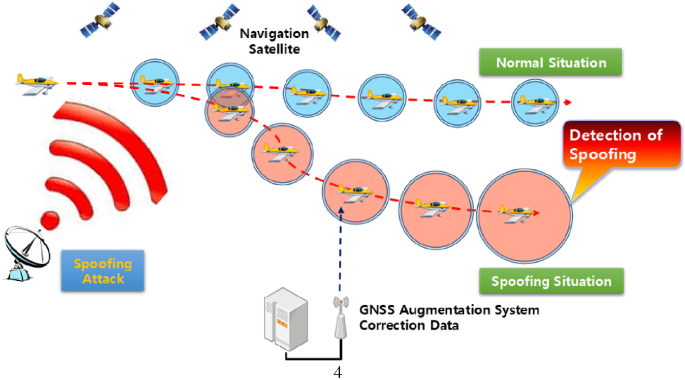In aviation, as flight crew we have to make Go- No Go decision from mountain of information available to us. The goal is to use briefing process to discuss the situation with crew and avoid making a mistake.
Tag: FAA
Thunderstorms
Thunderstorms are one of the most beautiful atmospheric phenomenon. As a pilot, however, thunderstorms are one of the most hazardous conditions you can encounter. Thunderstorms can produce severe turbulence, low level wind shear, low ceilings and visibilities, hail and lightning. Each of these hazards can be difficult to cope with; if all these conditions arrive at once, it can be disastrous. Understanding basic thunderstorm formation and structure can help you make safe decisions.
What Pilots should know about GNSS signal jamming or spoofing..
Satellite Positioning Systems like GPS, GLONASS, BeiDou, Gallileo can be the target of various attacks from basic jamming to more sophisticated spoofing of signals or even hard kill of satellites. While Jamming makes the GNSS unusable , Spoofing is a sophisticated form of RF interference which makes the receiver believe it is at false location.
Facilitating CRM: A Philosophical Thought.
Crew Resource Management (CRM) is the effective use of all available resources for flight crew personnel to assure a safe and efficient operation, reducing error, avoiding stress and increasing efficiency.
Triviality Effect and Flight Deck
Pilots are responsible for many time-consuming duties before, during and after a flight. In addition to actual flight duties which are shared between pilot flying (PF) and pilot monitoring (PM), most of them are routine in nature like including weather assessments, filing flight plans, performing pre-flight checks on aircraft and filing post-flight reports, to ensure each flight is operated to the highest level of safety. The workload of flightdeck crew varies during different phases of flight and is maximum during critical phase like taxi, take off, initial climb and subsequently…
Should Group Exercises be Part of Pilot Recruitment Process?
I qualify pilots as respectable professionals as good as doctor, engineers or lawyer. They are life long learners who endure long years of training and experience to qualify and excel in their professions. While a CV and an interview were enough in earlier times, most airlines discovered that this wasn’t the most effective way of selecting the right candidate because there were many instances in which they missed the negative traits and also forgot to credit positive skills at times. Hence apart from checking skill and knowledge, Aptitude, psychometric, an English Proficiency test is also carried out for non native speakers. But what is lacking in the selection process is group test to evaluate team work, leadership and other human factors while under stress .
Avoiding landing at the wrong airport; is it so demanding?
Geographic disorientation in aviation operations results from the failure of an aircrew to recognize and/or maintain the desired position relative to the external ground and airspace environment. Becoming lost during flight, intruding inadvertently into unauthorized airspace, selecting a wrong airway, landing on the wrong runway, and approaching the wrong airport–with or without actual landing–are some examples of inflight geographic disorientation.
Flying at Night
This article provides generic guidance on flying at night for pilots.
Radio Telephony Restricted – 2
The professional license RTR(A) or Radio Telephony Restricted (Aeronautical) required for the use of communication equipment in an aircraft is the prerequisite for issue of pilot license in many countries.
Radio Telephony Restricted- 1
The professional license RTR(A) or Radio Telephony Restricted (Aeronautical) required for the use of communication equipment in an aircraft is the prerequisite for issue of pilot license in many countries.








